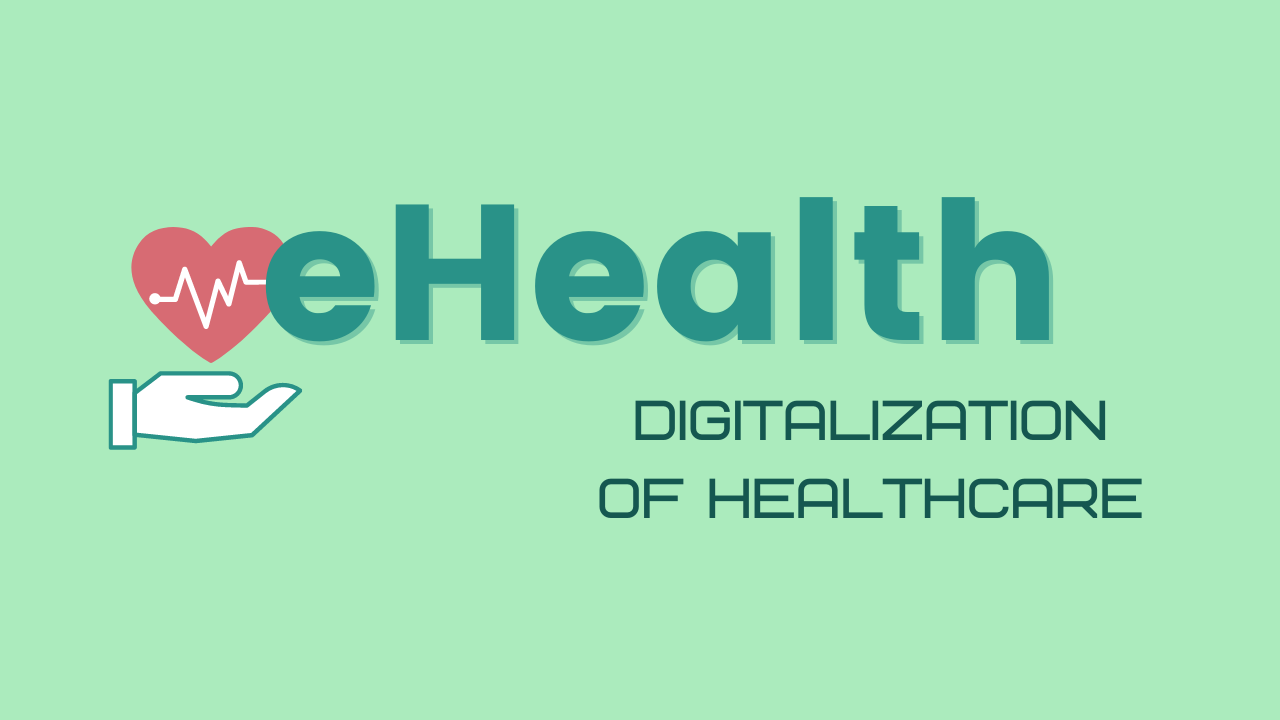eHealth
Wiki Article
eHealth
Overview
eHealth, generally known as electronic overall health or healthcare technology, refers to the usage of electronic interaction and information technological know-how while in the Health care sector. It encompasses a wide range of technologies and purposes geared toward increasing the efficiency, efficiency, and quality of healthcare shipping.
Objectives of eHealth
The principle targets of eHealth could be summarized as follows:
Enhanced Usage of Healthcare: By leveraging digital systems which include telemedicine and remote individual checking, eHealth aims to further improve access to healthcare companies for people residing in remote places or with minimal mobility.
Increased High quality of Care: By way of applications like Digital well being information (EHRs) and medical final decision guidance systems (CDSS), eHealth seeks to enhance the caliber of care by facilitating precise and well timed information and facts Trade among healthcare specialists.
Client Empowerment: By furnishing patients with access to their health-related information, personalized wellness apps, and on the internet educational assets, eHealth empowers men and women to just take an Energetic position in controlling their unique wellbeing.
Charge Effectiveness: Making use of digital platforms might help decrease administrative prices affiliated with paper-centered devices even though enabling productive coordination among various stakeholders within the Health care ecosystem.
Crucial Applications of eHealth
Several vital apps contribute to achieving the aims outlined previously mentioned:
Digital Overall health Records (EHRs):
EHRs are electronic versions of patients' clinical information that can be conveniently accessed by approved Health care companies involved in a client's care. They offer a comprehensive watch of a affected individual's healthcare record, lab final results, medications prescribed, allergic reactions, as well as other applicable clinical facts.
Telemedicine:
Telemedicine requires offering healthcare remotely by way of video conferencing or mobile phone phone calls. It enables Health professionals to consult with sufferers who simply cannot bodily pay a visit to hospitals or clinics as a consequence of geographical constraints or mobility concerns.
Cellular Health (mHealth) Apps:
mHealth applications are smartphone purposes that offer a variety of Health care services, for example monitoring critical indicators, reminding sufferers to acquire medications, offering use of overall health instruction supplies, and facilitating conversation with healthcare suppliers.
Distant Affected individual Monitoring (RPM):
RPM enables healthcare pros to watch a client's vital signs as well as other wellness parameters remotely employing wearable products or sensors. This permits early detection of medical issues and well timed interventions.
Wellness Details Exchange (HIE):
HIE requires the secure sharing of affected person information across different Health care corporations, guaranteeing seamless coordination and continuity of treatment among companies in numerous settings.
Scientific Conclusion Aid Units (CDSS):
CDSS leverage synthetic intelligence algorithms to research health-related details and guide Health care specialists in creating proof-dependent choices concerning diagnosis, cure strategies, drug interactions, and a lot more.
Well being Wearables:
They are wearable equipment like Exercise trackers or smartwatches that will collect physiological facts on a person's workout routines, coronary heart price designs, sleep high-quality, and a lot more.
Benefits of eHealth
The adoption of eHealth features a number of benefits for both of those persons and the overall Health care program:
Improved Effectiveness: eHealth streamlines administrative tasks by cutting down paperwork and enabling the electronic Trade of information between stakeholders involved in client treatment.
Improved Interaction: Digital overall health tools facilitate productive communication amongst patients and their Health care vendors although also advertising and marketing collaboration among diverse experts involved in a individual's procedure strategy.
Entry to Specialised Treatment: Telemedicine lets patients residing in remote places or underserved communities to refer to with professional Physicians who might not be bodily current close by.
Well timed Interventions: As a result of remote monitoring methods or cellular applications that present alerts or reminders for medication adherence or abide by-up appointments, eHealth assists avoid issues by facilitating early interventions.
Enhanced Client Results: By giving effortless access to healthcare information on-line in addition to customized overall health direction, eHealth empowers clients to actively interact in their own individual Health care and take care of Serious disorders correctly.
Worries and Problems
Though the implementation of eHealth comes along with quite a few Positive aspects, Furthermore, it provides difficulties and issues that should be dealt with:
Privacy and Security: Protecting affected individual facts from unauthorized accessibility is an important worry while in the digital health and fitness landscape. Sturdy security steps, compliant with appropriate privacy polices, need to be applied to ensure facts confidentiality.
Interoperability: Diverse healthcare devices and programs may well not often seamlessly talk to each other due to deficiency of interoperability specifications. Making sure productive Trade of information throughout platforms is vital for in depth individual treatment.
Digital Divide: Not All people has equivalent entry to electronic technologies or possesses the required electronic literacy abilities expected for utilizing eHealth instruments successfully. Bridging the digital divide results in being necessary to assure equitable read more access to healthcare products and services.
Regulatory Compliance: The dynamic nature of know-how often surpasses existing regulatory frameworks. To completely leverage the advantages of eHealth even though safeguarding affected individual rights, laws need to have to maintain pace with technological breakthroughs devoid of stifling innovation.
Summary
eHealth performs a pivotal function in modernizing healthcare shipping and delivery by harnessing know-how for enhanced entry, high-quality of treatment, patient empowerment, and cost efficiency. The prevalent adoption of electronic communication tools, telemedicine providers, cellular overall health apps, remote monitoring techniques, together with other ground breaking methods contributes towards a far more connected and patient-centered method of healthcare provision. However, addressing worries associated with privacy protection, interoperability specifications compliance bridging inequality gaps in World wide web accessibility are crucial methods toward reaching the full potential of eHealth.
